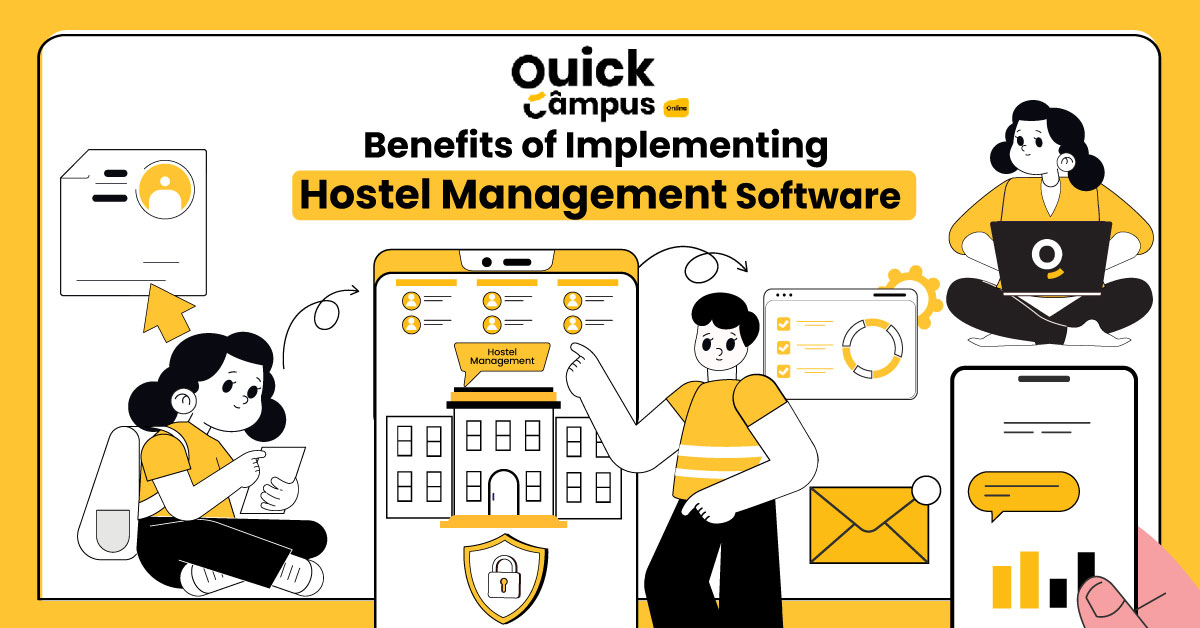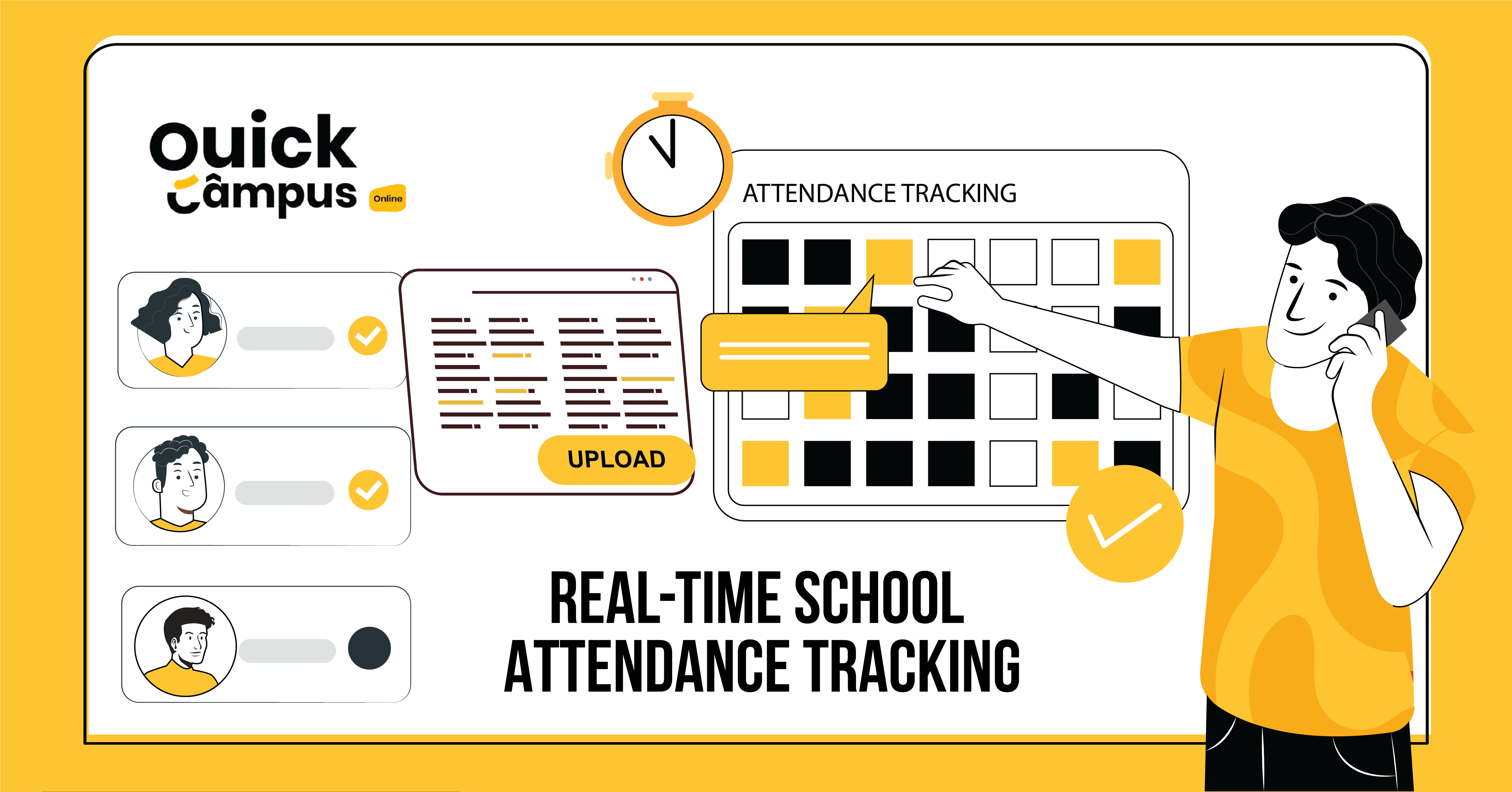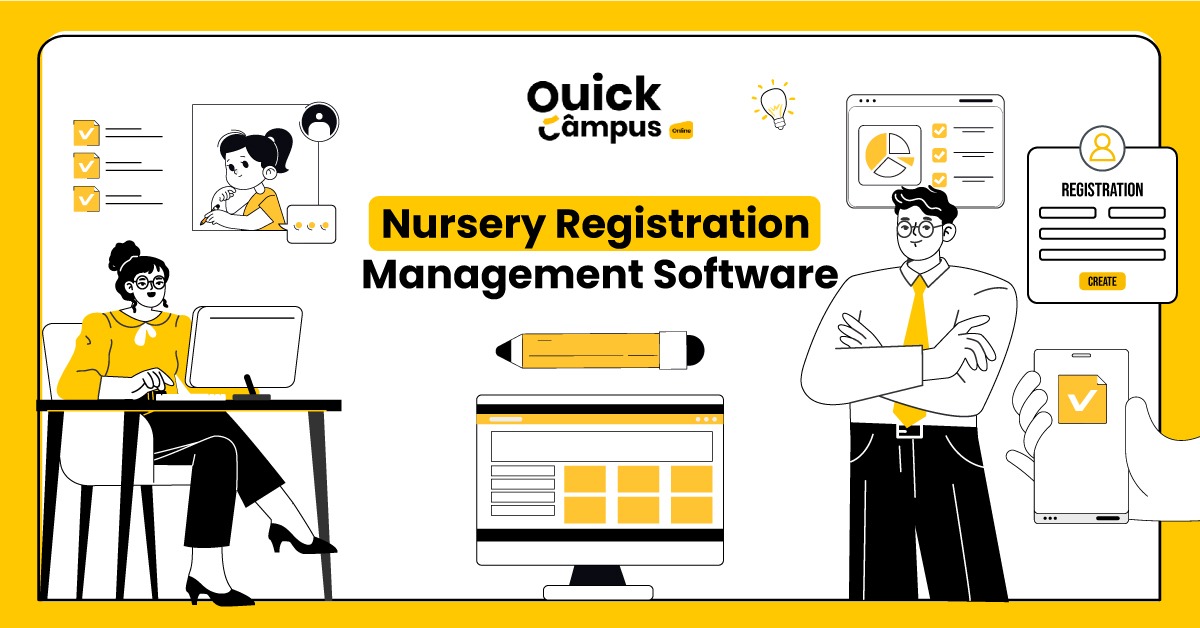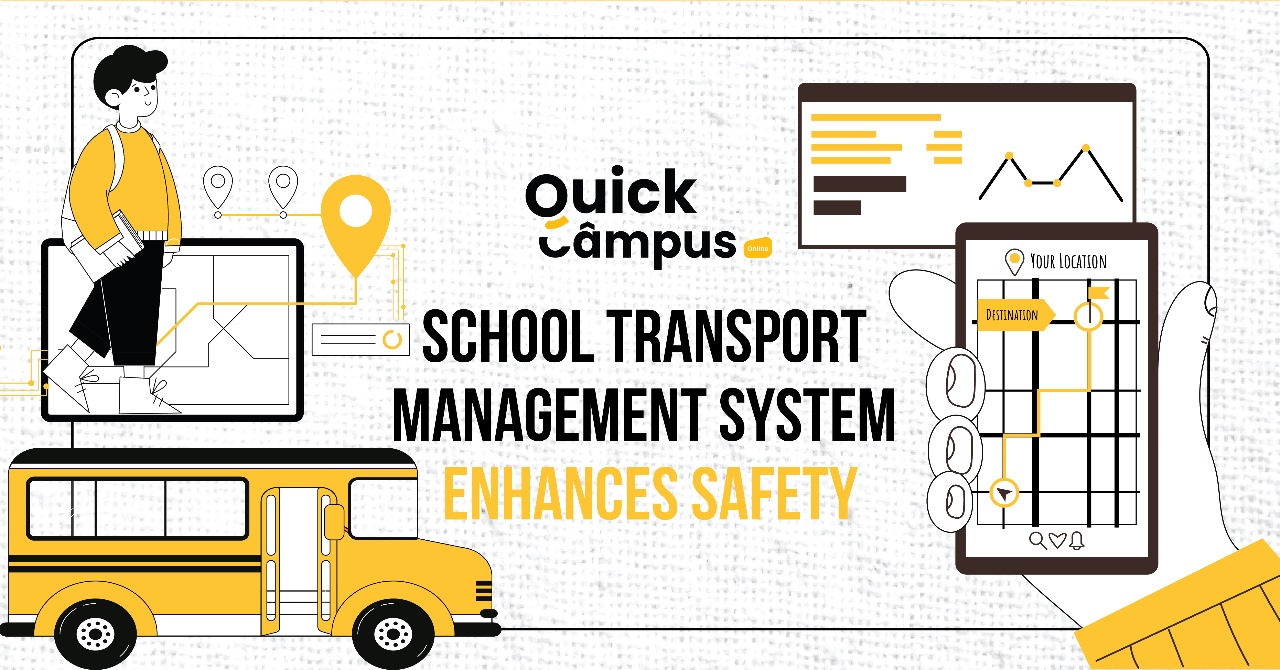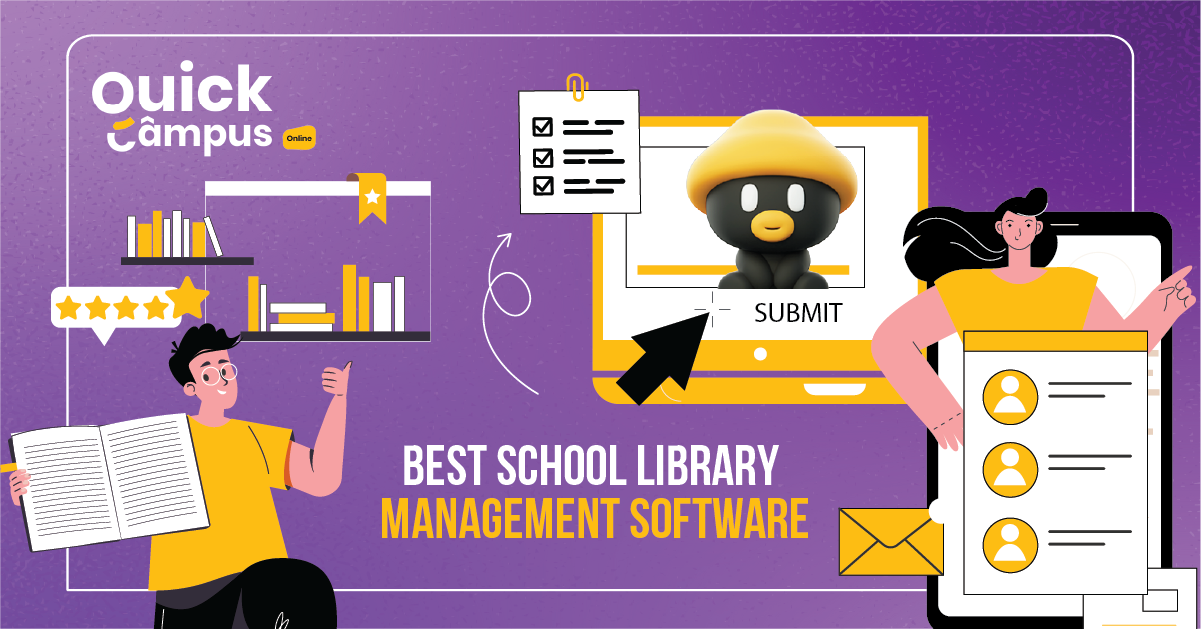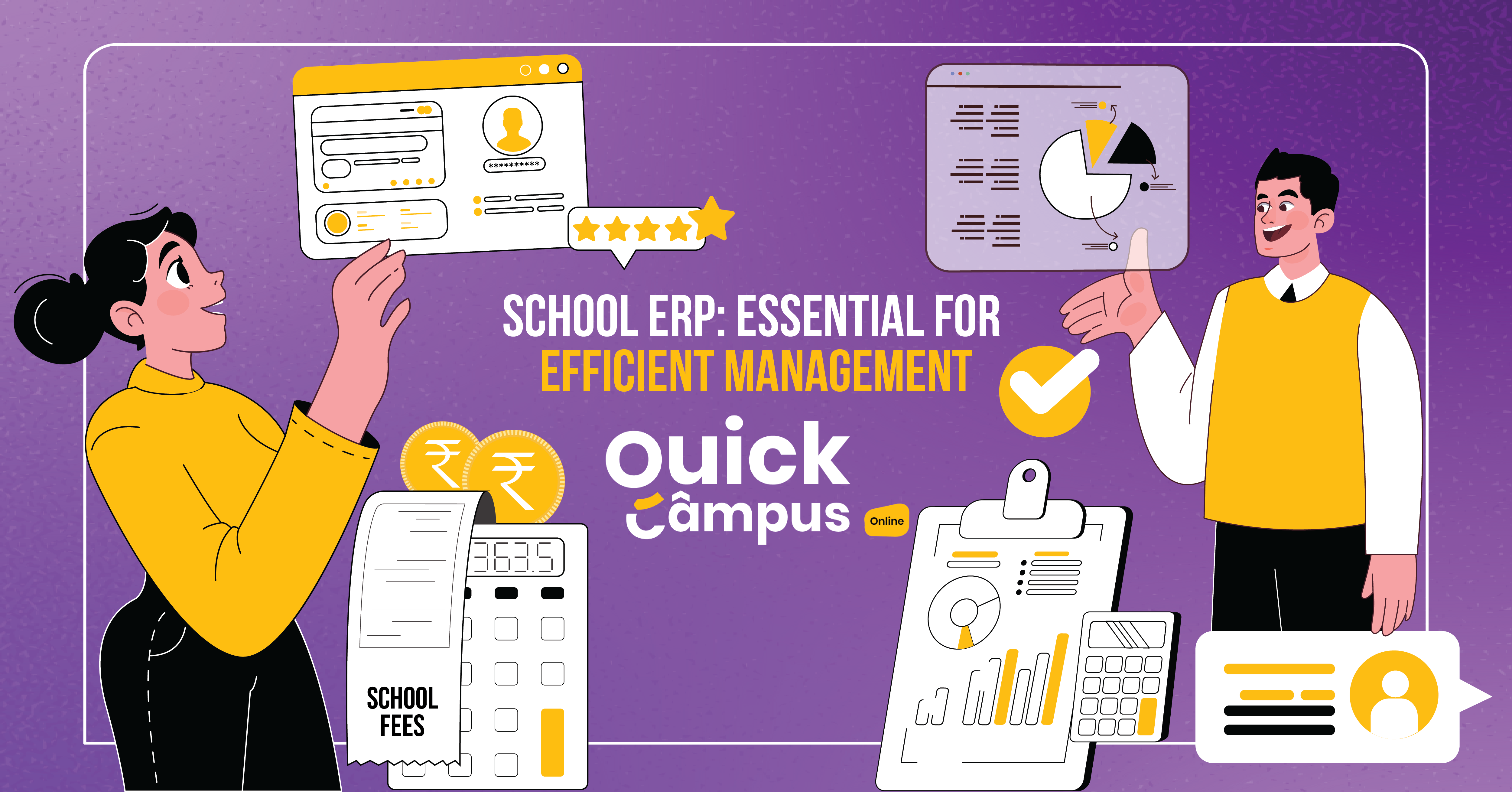What Is Micro Teaching Lesson Plan?
Ever wondered what micro-teaching is and how it can help you upskill as an educator? If you need clarity on the topic, you’re in the right place! Microteaching is comparable to a mini-masterclass for educators. It gives viable options to fine-tune teaching techniques and experiment with something new. One of the critical components of it is the micro-teaching lesson plan.
So, let’s dive in and explore what exactly a micro-teaching lesson plan is all about.
Imagine you’re planning a road trip to your favorite place. What would be the first thing you do before anything else? Would you hop in your car and start driving aimlessly the next moment? No, right? Ideally, you’d plan your journey, decide on pit stops, and maybe even pack snacks and something to drink. Isn’t it? Likewise, a microteaching lesson plan is your roadmap for a successful teaching session.
Now, let’s understand this teaching concept. Simply put, microlearning lesson planning is a detailed outline showing what you want to teach and how you wish to teach. For comparison, a lesson plan in microlearning is the perfect recipe for a delicious dish. It has all the right ingredients (learning objectives, activities, mode of assessment) to help you cook (or teach, in this case).
With school management software, you can streamline your lesson planning process and access a comprehensive lesson planner for teachers to strategize all the major components of a good micro-teaching lesson.
Main Components Of A Micro Teaching Lesson Plan
Since the lesson plan in microteaching is short and focused, make it super streamlined and laser-focused. Here’s what a typical micro-teaching lesson plan might include:
1. Learning Objective
Always design a clear and concise learning objective before anything else. This objective should have your intentions (what you want them to achieve at the end of the session). A learning objective could be transforming classrooms through social media engagement, understanding a fresh idea, developing a skill, or gaining a deeper understanding of a particular topic. Either way, treat it as the backbone of your teaching journey.
2. Introduction
The introduction sets the stage for the lesson. Prepare it in a way that captivates students’ attention. One way to do this is by incorporating engaging hooks ( thought-provoking questions, intriguing anecdotes, or multimedia presentations). This approach, in turn, will pique curiosity in learners and create a positive learning environment for them.
3. Main Activity
This section forms the crux of your lesson plan. Here, you’ll detail the primary activities needed to engage with the content. The activities include interactive discussions, collaborative projects, hands-on experiments, or multimodal learning. When choosing the main activity, ensure it aligns closely with the learning objective and caters to diverse learning styles.
4. Closure
Provide a structured synopsis comprising critical ideas and takeaways as the lesson approaches its end stage. This phase is quintessential as students can consolidate whatever they learned and reflect their understanding. Also, ensure educators encourage active participation through various ploys such as review questions, exit tickets, or peer discussions to strengthen learning outcomes.
5. Feedback
Feedback is the lifeblood of effective teaching. At Quick Campus, lesson planners for teachers provide valuable insights into areas of strength and areas for improvement. Feedback in Microteaching includes peer evaluations, self-assessments, and instructor critiques. Educators must consider feedback as a catalyst for growth and professional development. Student feedback should be seen as constructive criticism, showing you the path toward refining your teaching practices.
Curating a well-designed micro-teaching lesson plan is vital to fine-tuning the effectiveness of teaching and encouraging learning. For this, leveraging a learning management system can help you set clear learning objectives, an engaging introduction, dynamic main activities, thoughtful closures, and meaningful feedback mechanisms. So, capture the art of lesson planning, improvise without fear, and see your teaching prowess flourish in no time!

